CONTACTCAREER OPPORTUNITIESADVERTISE WITH USPRIVACY POLICYPRIVACY PREFERENCESTERMS OF USELEGAL NOTICE
© 2025 Pride Publishing Inc.
All Rights reserved
All Rights reserved
Scroll To Top










By continuing to use our site, you agree to our Private Policy and Terms of Use.
10 Places to Visit Before They’re Gone
Some of our most treasured sites are also the most endangered.
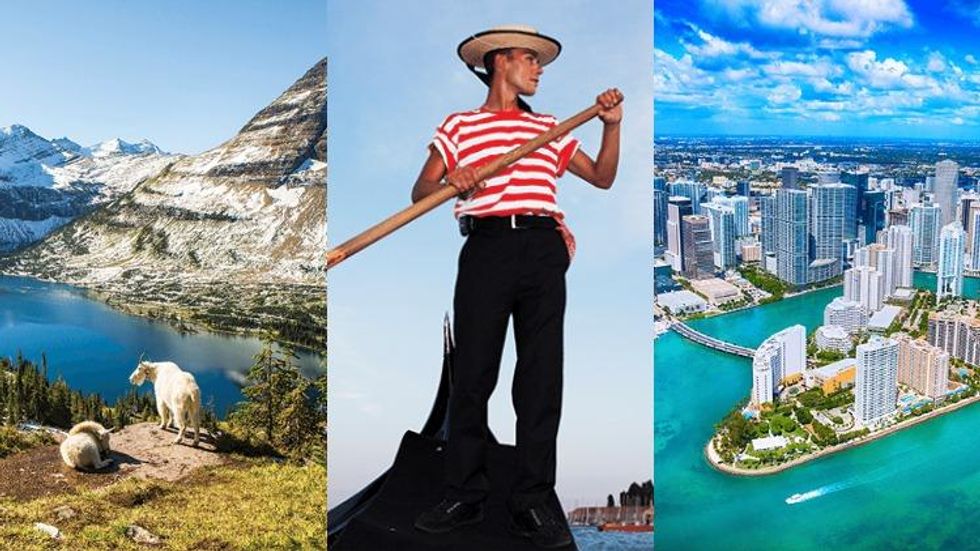
Some of the most wonderful destinations in the world are under threat and could be dramatically altered within our lifetimes. The climate crisis is here and now and is making parts of our globe unrecognizable. Unfortunately, over-tourism can have a similarly tragic impact on beloved attractions. Parts of the Great Wall in China are reportedly in ruins due to tourist brick-looting; Iceland’s Fjaðrárgljúfur Canyon sustained significant damage after being featured in Game of Thrones; and Indonesia nearly closed Komodo Island after smuggling and tourism greatly impacted the number of the world’s largest living lizards. (Hint: go instead to Rinca Island, where you can still see Komodo dragons as well as pristine beaches and prime dive spots.) We have a responsibility to travel in a way that does not diminish the places and cultures we visit. So while we are sharing our bucket list of threatened destinations, we’re also offering ways to help them recover (in addition to the obvious: Reduce global greenhouse gas emissions).
- Some of our most treasured sites are also the most endangered.
- Florida Everglades
- Glacier National Park, Montana
- The Dead Sea, Israel
- Great Barrier Reef, Australia
- Joshua Tree National Park, California
- The Poles: Antarctica and the Arctic
- Miami, Florida
- Santa Monica Bay, California
- New Orleans, Louisiana
- Venice, Italy
Florida Everglades
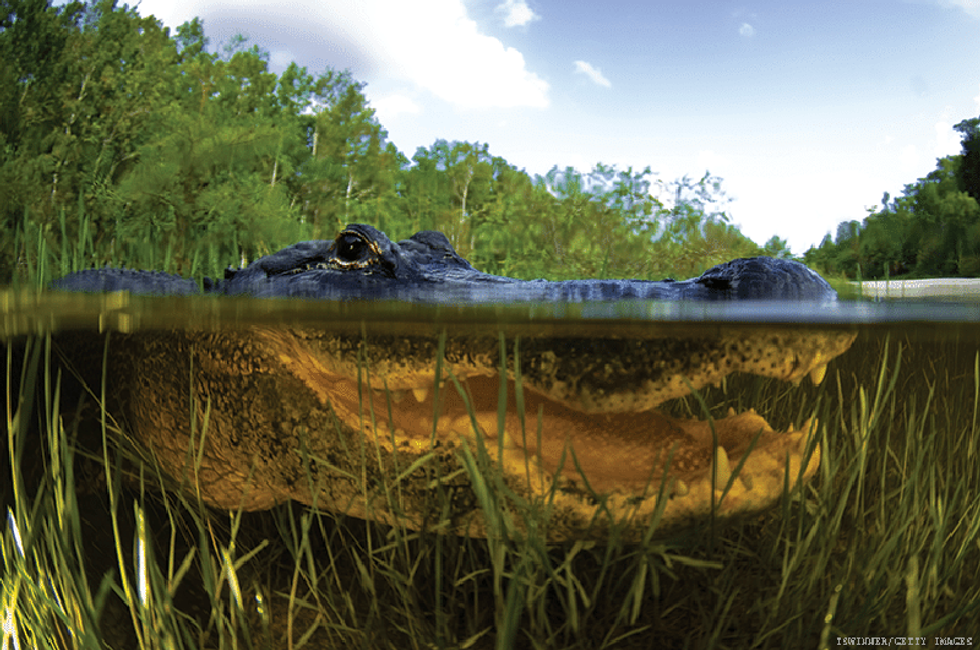
As the largest subtropical wilderness in the United States, rich with cypress swamps, mangroves, and sawgrass, the Everglades has long been a magnet for travelers. Increasing development has caused these beautiful wetlands to be cut in half over the last century and 39 plant and animal species are threatened or endangered including panthers, crocodiles, alligators, and manatees.
How to Help: Support the Everglades Foundation, a nonprofit dedicated to restoring the area through science, advocacy, and education.
Glacier National Park, Montana
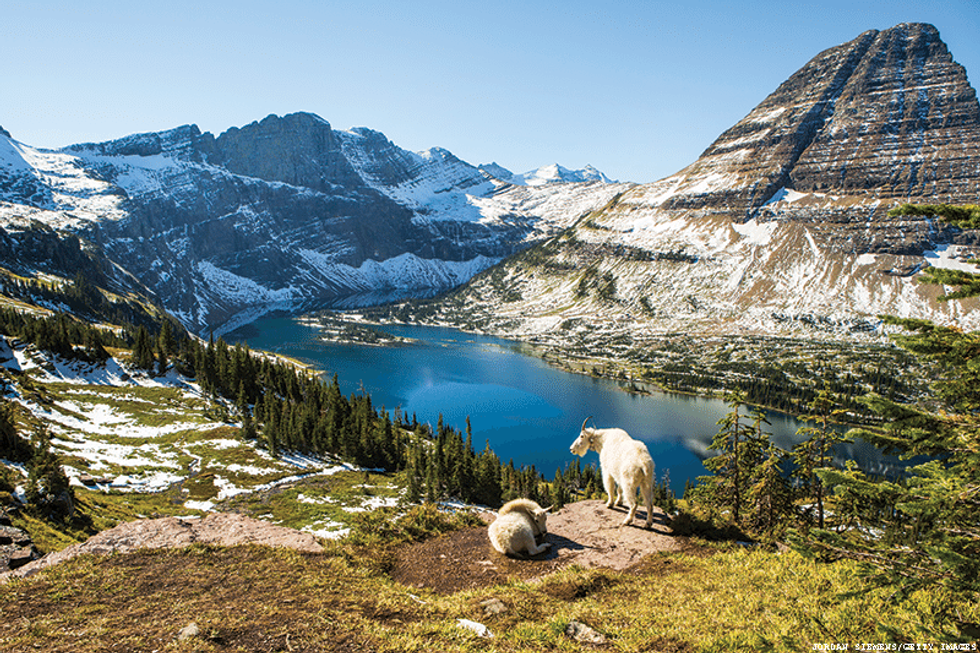
Majestic glaciers, alpine meadows, glassy lakes, and gorgeous wilderness have long drawn travelers to Montana’s Glacier National Park. Due to increasing climate change, the park’s namesake glaciers are fast disappearing. Once home to 150 giants, now only 25 glaciers remain — and experts warn all are likely to fully retreat by 2030. So plan your visit soon to see these beautiful endangered ice structures as well as the park’s 700 miles of trails and the scenic Going-to-the-Sun Road.
How to Help: Donate to the nonprofit Friends of Glacier, which supports general conservation efforts in the park.
The Dead Sea, Israel
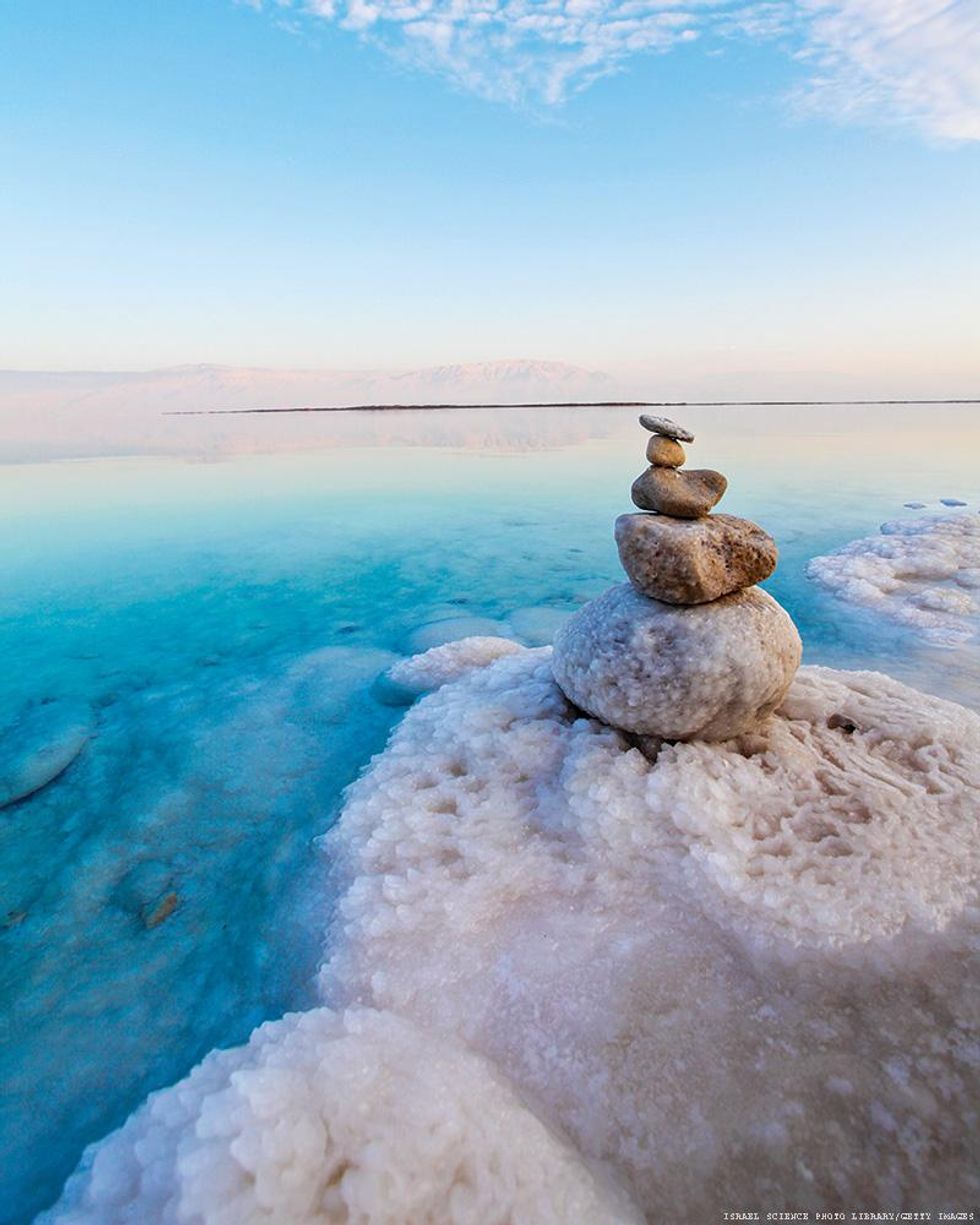
For centuries, this famed body of water has attracted visitors who wish to float in its extra-salty waters (10 times saltier than the ocean), which many believe have therapeutic properties. However, the Dead Sea has lost a third of its surface area since the 1960s (that’s billions of gallons a year) due to mineral mining and cosmetic companies seeking its rich natural resources. The receding shoreline is now also riddled with thousands of sinkholes that can leave behind 80-foot craters.
How to Help: Support EcoPeace Middle East, as each donation goes toward its goal of creating a regional development plan for the sea.
Great Barrier Reef, Australia
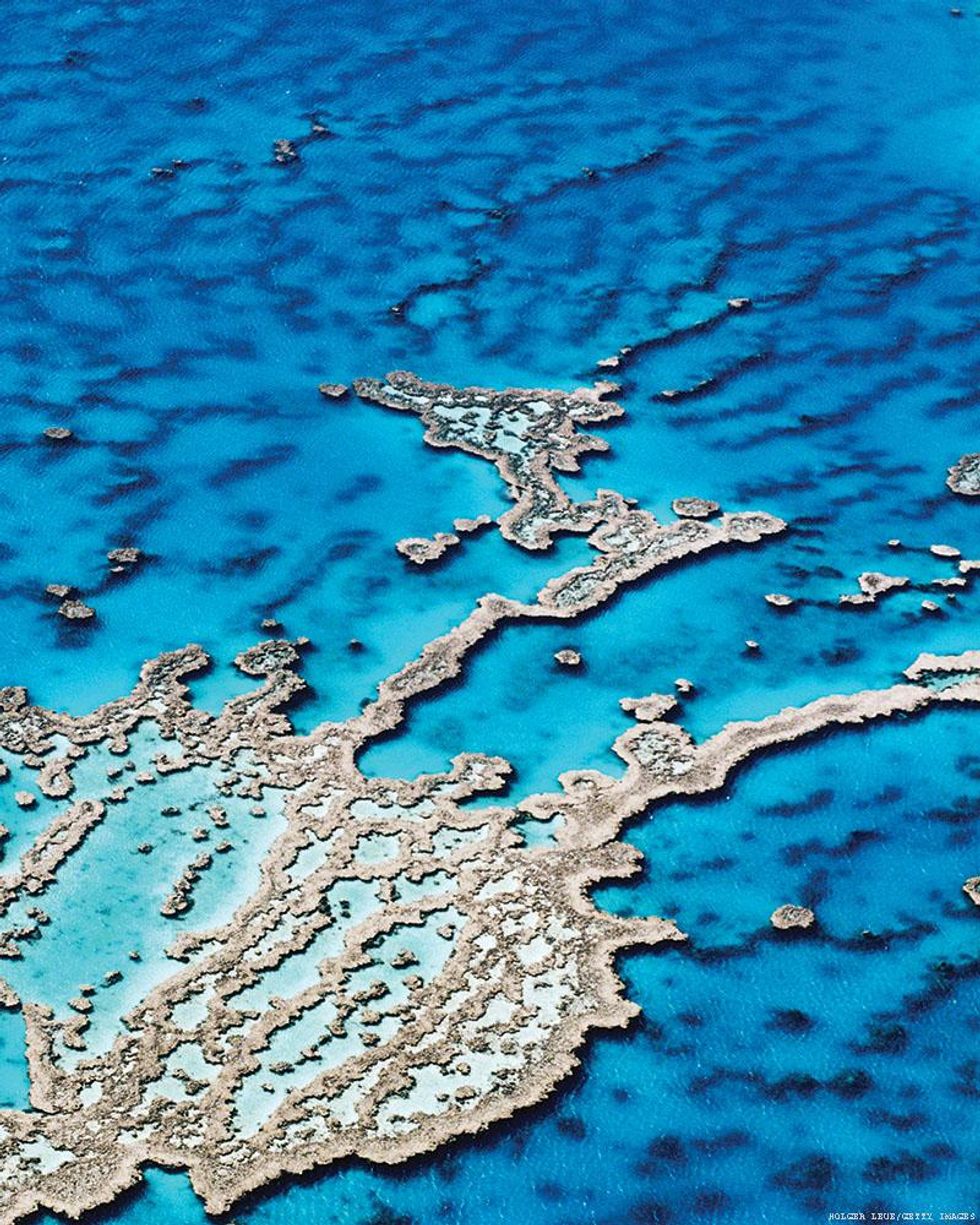
One of the world’s greatest natural wonders, the Great Barrier Reef is an underwater ecosystem of coral and sea life that stretches along 1,200 miles of Australia’s Queensland coast. Warming of the ocean have also increased the water’s acidity which is leading to coral bleaching and death. The Great Barrier Reef is made up of 2,900 smaller reefs. According to National Geographic, when researchers surveyed 911 individual reefs they discovered 93 percent had experienced some level of bleaching. Pollution and over-tourism has caused additional damage. Without intervention, some experts fear the reef could be irrevocably harmed by 2030.
How to Help: Donate to nonprofits like the Great Barrier Reef Foundation. Visitors to the reef who use authorized guides now pay an environmental fee to help monitor and manage the reef. Wear reef-safe sunscreen!
Joshua Tree National Park, California
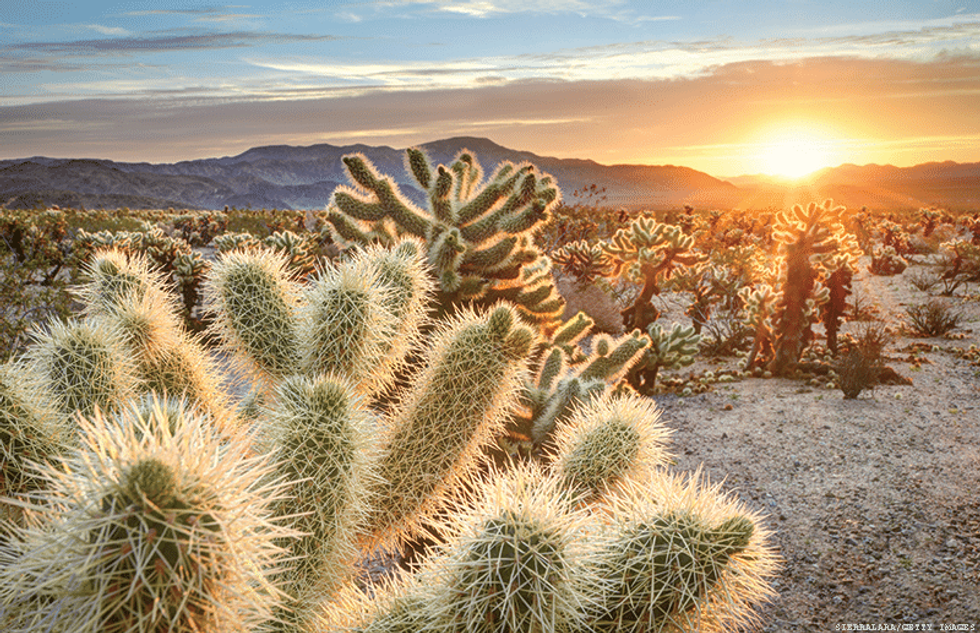
With its endless acres of large yucca plants (a.k.a. Joshua trees), unusual cactuses, and majestic boulders (plus just two hours from L.A.), Joshua Tree National Park has long been a meditative escape from city life for many travelers. However, the park’s famous landscape is suffering due to climate change. With annual rainfall down to about one inch (it used to be about five per year) the trees are unable to reproduce, making them truly endangered.
How to Help: Give to orgs 350, the Environmental Defense Fund, and Joshua Tree National Park Association.
The Poles: Antarctica and the Arctic
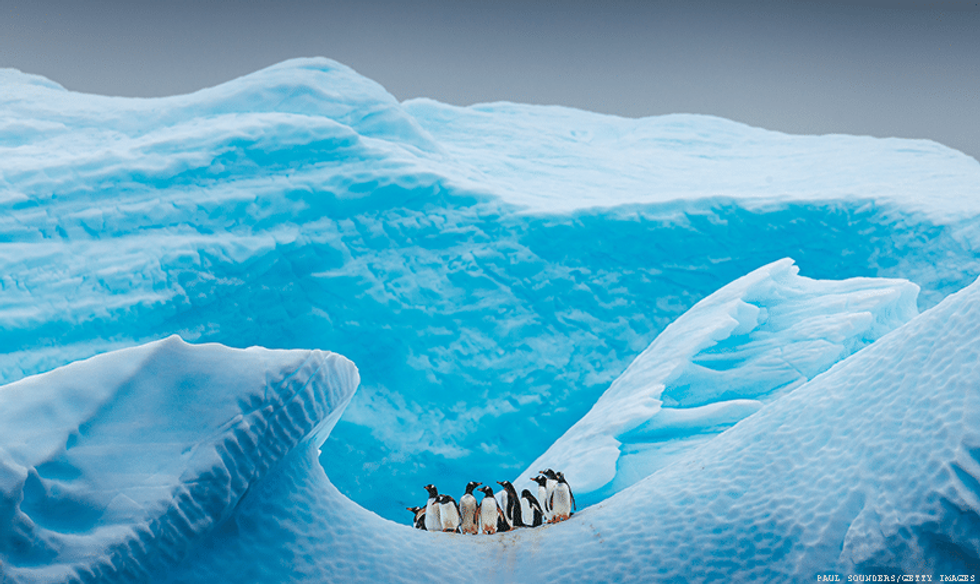
Though extreme temperatures, rough terrain, and remote locations keep most travelers from visiting the Earth’s poles, Antarctica (pictured) and the Arctic are disproportionately impacted by global climate change. The melting environment is threatening extinction for many local species and the Indigenous communities that depend on them. The South Pole’s (Antarctica’s) wildlife, such as whales, seals, and penguins, is also being threatened due to melting sea ice — which scientists predict could be completely gone within 40 years.
How to Help: Support Polar Bears International. Its Save Our Sea Ice Campaign details how you can make positive environmental change in your own life and in your community.
Miami, Florida
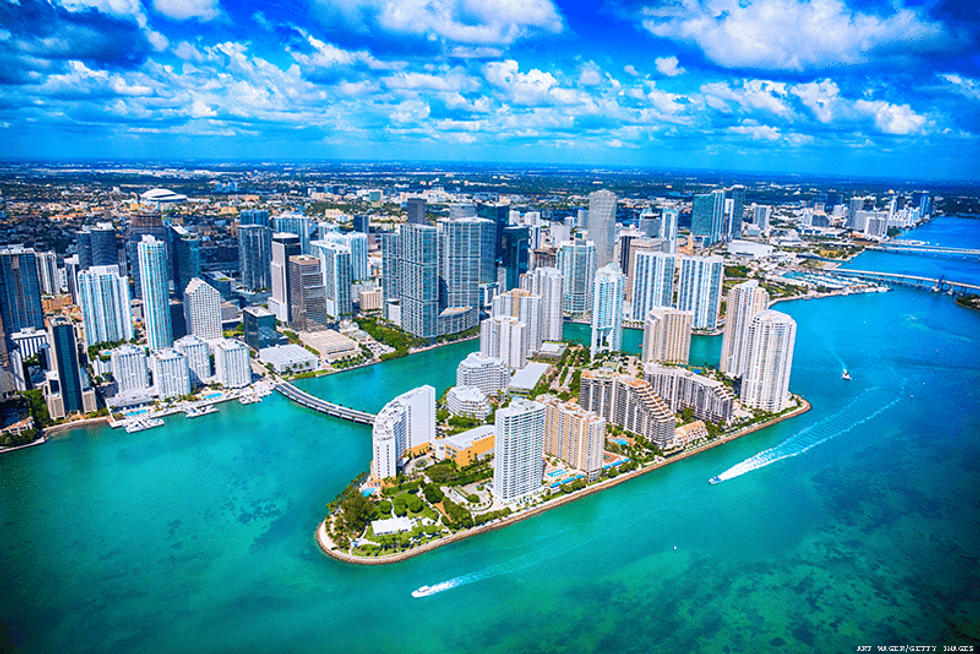
Gorgeous weather, beaches, people, and architecture — not to mention, amazing food and nightlife — have made Miami a favorite vacation spot for last century or so. However, as with many coastal regions, the effects of climate change are becoming quite evident in the famed south Florida city. Due to the area’s at-sea level elevation, Miami is especially vulnerable to flooding thanks to rising sea levels from the melting Arctic glaciers. (Starting to see how it’s all connected?)
How to Help: Check out the Years Project’s “Saving Miami” initiative with correspondent Jack Black to learn how you can help.
Santa Monica Bay, California
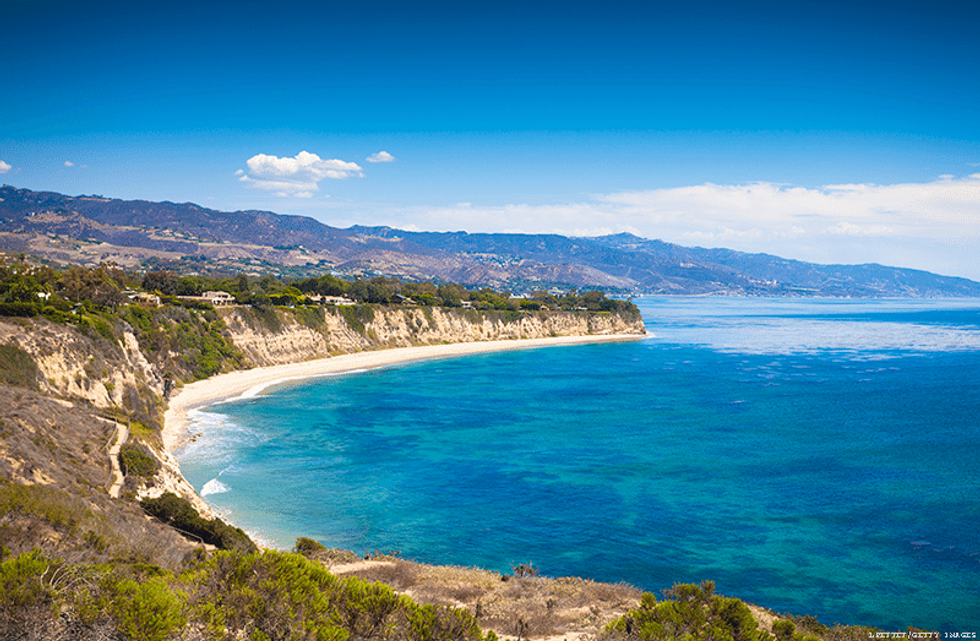
The Santa Monica Bay Watershed is an 87-square foot coastal area in Los Angeles County, California, that is currently home to about 2 million humans — and more than 5,000 species of animals, fish, birds, and plants. Rising sea levels due to climate change is threatening to ultimately leave this area underwater, though not likely in our lifetime. Still, pollution and overdevelopment have already caused the watershed its share of problems.
How to Help: Think about ways you can reduce the use of fossil fuels in your own life and donate to the Bay Foundation.
New Orleans, Louisiana
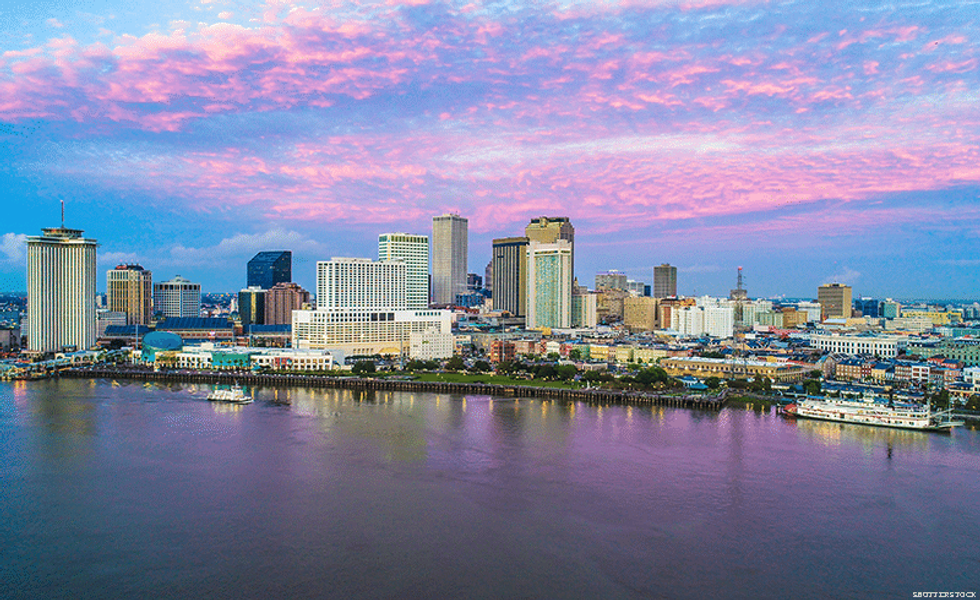
The Big Easy has long attracted travelers due to its rich history, multi-cultural cuisine, and eccentric locals — but it’s also no stranger to environmental disaster. With some areas laying at 15 feet below sea level, New Orleans is especially vulnerable to flooding — like when Hurricane Katrina left the fabled city underwater and devastated in 2005. Though much of the (white) areas have since largely recovered, the socioeconomic impact on Black communities can still be felt.
How to Help: Support local nonprofits like Green Light New Orleans which helps the city’s environment and residents in need.
Venice, Italy
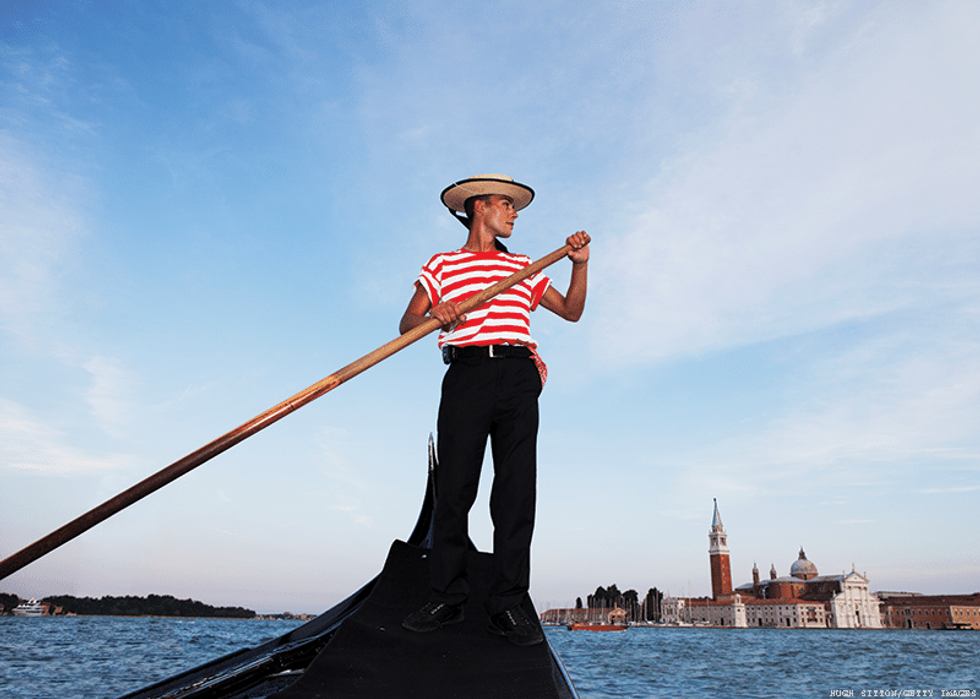
Considered one of the most romantic cities in the world, thanks to its unique canal system which you can traverse via gondola (and be serenaded in Italian by the gondolier), Venice has always fought back the seas, but in the modern era is facing an existential crisis. Significant damage has already been done to many of its lower-lying structures, including the famed St. Mark’s Basilica. Over-tourism is also a concern, and the city recently unveiled policies aimed at limiting visitors, discouraging one-day tourism, and encouraging slower, more meaningful travel.
How to Help: Donate to Save Venice to aid with preserving the city’s art and architecture, or to Friends of Venice Italy which focuses on environmental issues.
Latest Stories
Exclusive: Meet the Real Nasty Pigs of New York
January 14 2025 4:10 PM
Thailand is the ultimate getaway for anyone in the LGBTQ+ community
January 14 2025 9:56 AM
Our insider’s guide to Whistler Pride 2025
January 09 2025 5:00 AM
It’s Goode to be bad at MAL Weekend 2025
January 07 2025 2:37 PM
French Polynesia LGBTQ+ island hopping guide
January 07 2025 8:15 AM
Here are the must-attend events at Aspen Gay Ski Week 2025
December 23 2024 4:24 PM
Out and About with Billy Eichner
December 20 2024 3:16 PM
Top cities for international travelers and where they stand on LGBTQ+ rights
December 18 2024 1:54 PM
Explore dushi Curaçao: Your dream LGBTQ+ Caribbean escape
December 16 2024 1:27 PM
Out and About with Fortune Feimster
December 03 2024 2:08 PM
Exclusive: Brian Falduto’s latest release brings cheer to spending holidays alone
December 03 2024 9:02 AM
San Juan, Puerto Rico, is the sunny cure for your winter blues
November 29 2024 9:30 AM
Which trans beauty will be crowned the next Miss International Queen – USA?
November 23 2024 10:39 AM
KUST. introduces 'Thong 01' in revealing new campaign
November 20 2024 5:45 PM
Malta unveiled: Your ultimate LGBTQ+ guide to the Mediterranean paradise
November 20 2024 12:19 PM
Santa’s Secret, the naughty immersive holiday experience, returns to NYC
November 15 2024 1:55 PM
Say hello to Elska's queer men of Salt Lake City
November 15 2024 10:26 AM
BOYS! BOYS! BOYS! opens Gallery Café in London
November 06 2024 4:24 PM
Experience romance in the clouds at this elevated rainforest resort
October 23 2024 5:00 AM






































































